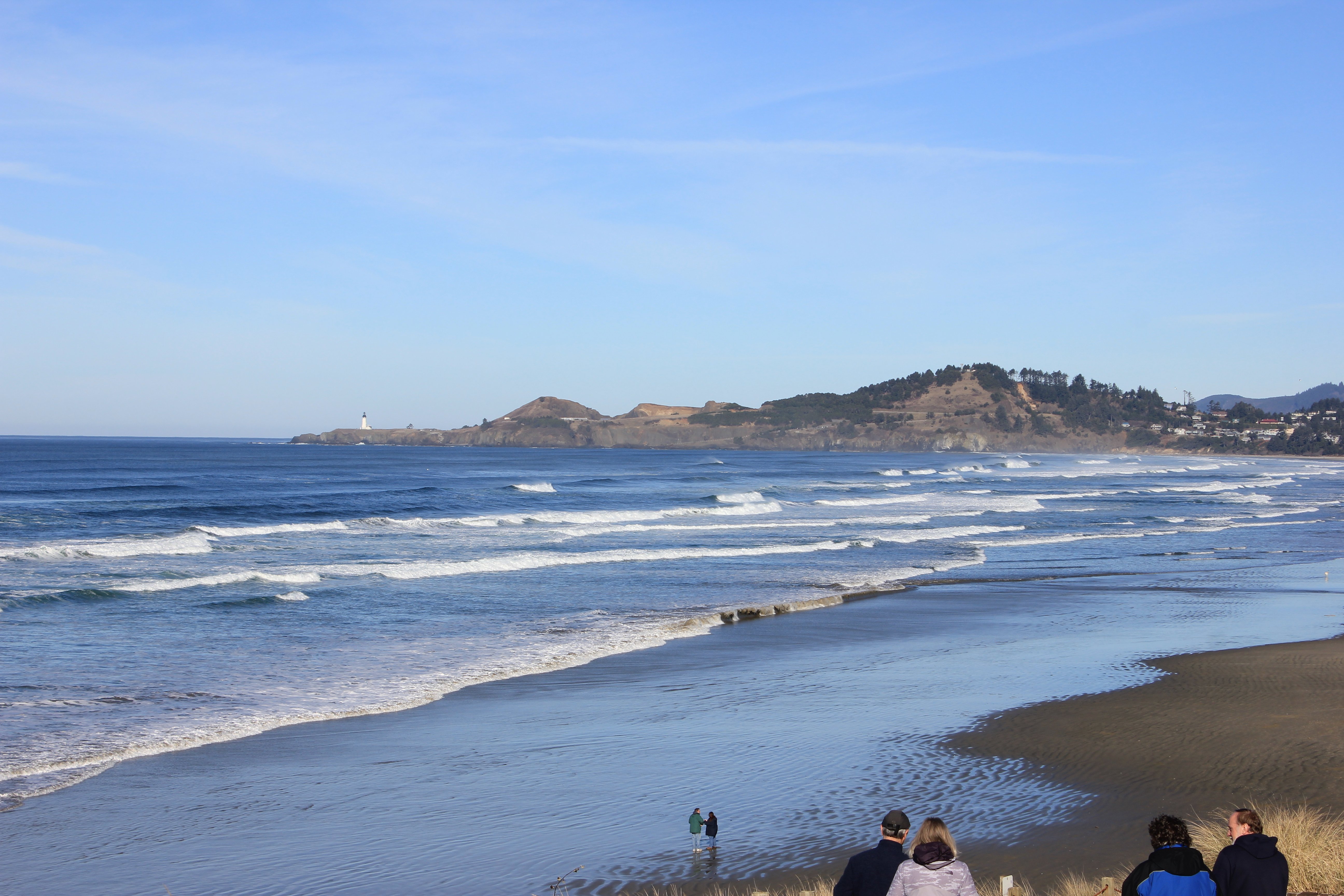
Oregon may become first in the nation to list our ocean waters as impaired for ocean acidification under the national Clean Water Act. The state's Department of Environmental Quality (DEQ) released it's Draft 2024 Integrated Report for public comment which included a portion of Oregon's ocean listed for ocean acidifcation and hypoxia as well as new additions for trash on the Willamette and PFAS in inland water bodies. The report is part of a federal requirement within the Clean Water Act for states to submit water pollution data to the U.S. Environmental Protection Agency every two years in compliance with the Clean Water Act. The agency may propose the EPA list certain water bodies — like streams, rivers, lakes and oceans — as impaired by a type of pollution and if confirmed by the EPA, then DEQ works with local jurisdictions to come up with a “total maximum daily load” plan, called a TMDL. The regulatory approach to ocean acidification and hypoxia may make Oregon one of the first in the nation to require solutions for a changing ocean chemistry spurred by climate change.
Surfrider Foundation has long been a supporter of monitoring, educating and taking action on climate changes to our ocean, so the proposed listing from DEQ comes with welcome support from our network of ocean users and seafood lovers. Ocean acidification is one of the key chemical changes as a result of climate change that we must get ahead of in order to adapt and manage our ocean ecosystems, seafood and wildlife sustainably into the future. The ocean absorbs about 30% of the carbon dioxide (CO2) released into the atmosphere. As levels of atmospheric CO2 increase from human activity, the amount of CO2 the ocean absorbs also increases. As the ocean absorbs this additional CO2, a series of chemical reactions result in changes to the ocean’s chemistry, lowering the pH of ocean waters. Lower pH is more acidic, which is why this process is called ocean acidification.
A video from 2019 on Ocean Acidification featuring Surfrider's Oregon work monitoring sites with OSU and searching for solutions.
Ocean acidification impacts many of the shell-forming animals in the ocean and was first called to management concern by oyster farmers that were having problems growing oysters along our coast - the pH in some estuaries was too low for baby oysters to form shells and settle out. Recognizing how quickly acidification was already impacting culturally and economically important species, in 2017 Oregon created the Ocean Acidification and Hypoxia Council to begin figuring out a plan to tackle the issue. Surfrider pursued engaging ocean users through setting up monitoring sites in partnership with Oregon State University and setting up an educational storymap to share our data and educate on the issue. Fast forward 7 years and data collected and people educated convinced DEQ to take action, submitting the data and concept for listing our ocean waters into their integrated report to EPA.
Surfrider Foundation commends DEQ and the many engaged in the OAH Council's efforts to provide meaningful data and outreach to see this effort through. Taking action on ocean acidification is complicated and the regulatory approach with TMDLs is equally complex, but climate action can't wait and finding difficult solutions is critical to solving the climate crisis and managing our ocean sustainably. To learn more about Oregon's Ocean Acidification and Hypoxia impairments, monitoring and integrated report, check out DEQ's great fact sheet. The draft report and instructions for review are available for public review on DEQ’s Draft Integrated Report web page. DEQ is soliciting comment on the draft 2024 Integrated Report results from April 18th to June 17th, 2024.
